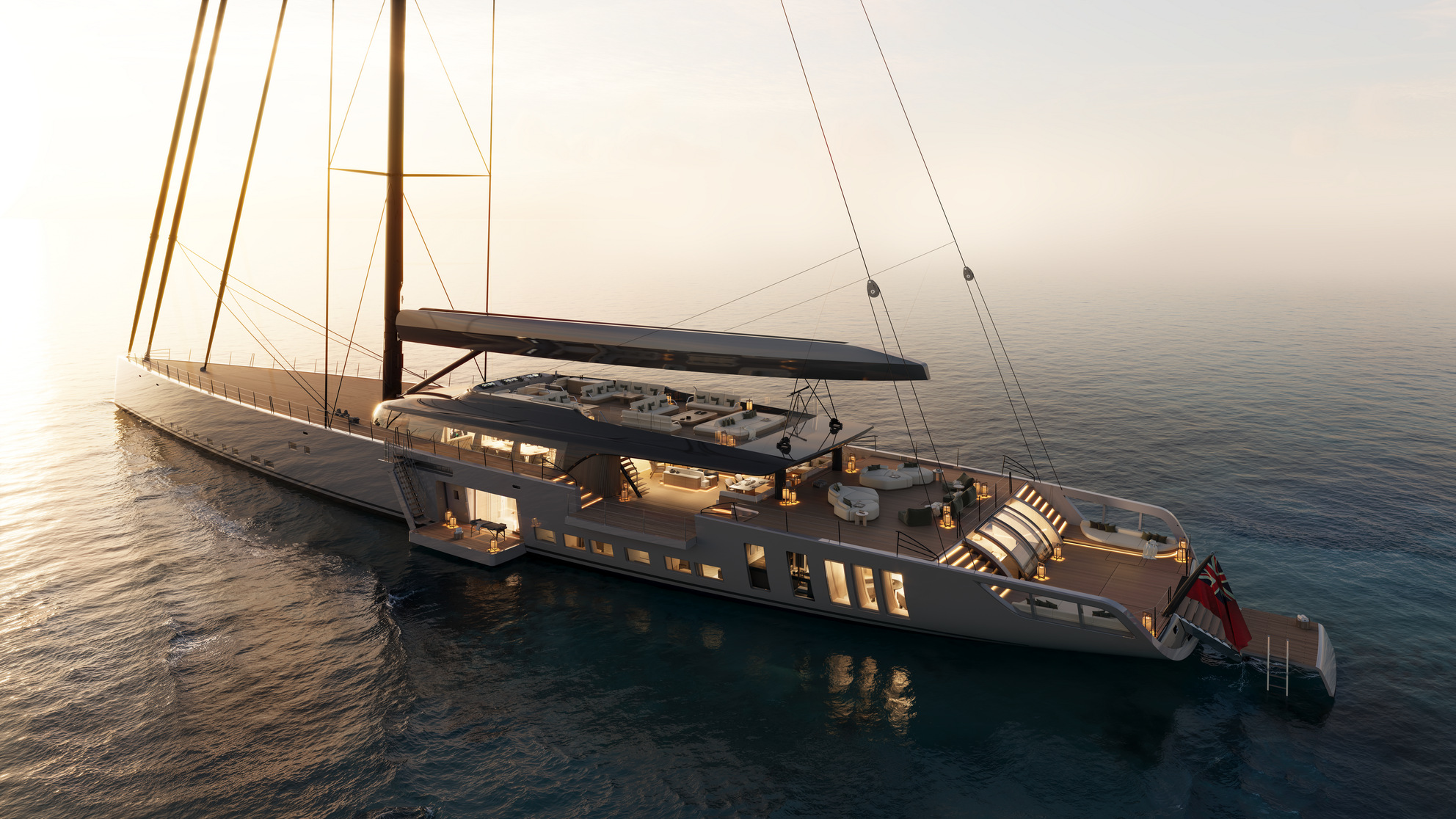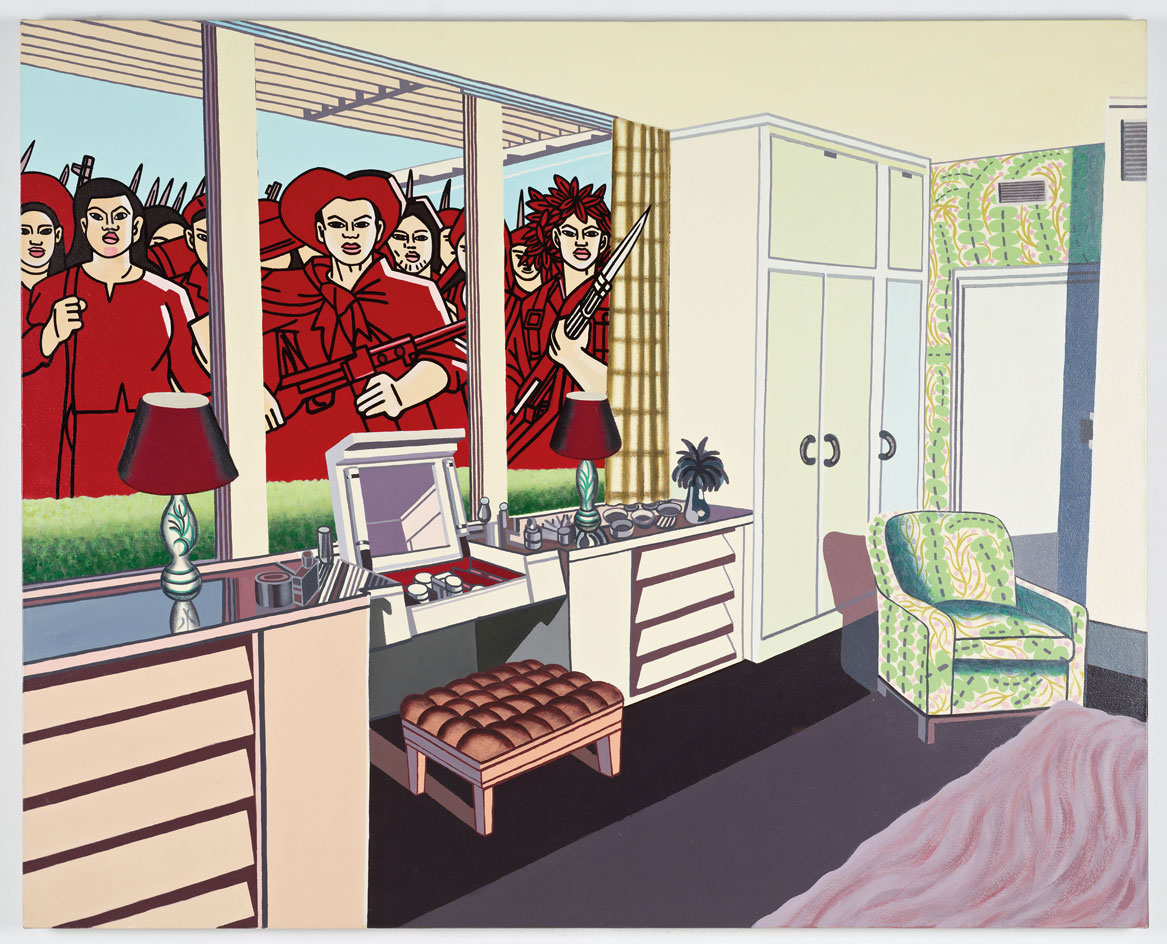Pop as protest: Claudio Tozzi at Cecilia Brunson Projects, Bermondsey

In New York, 1968 was the year pop art lost its fizz, after Andy Warhol was shot and hedonistic nights at The Factory came to an end. But, as the ‘World Goes Pop’ show at Tate Modern (now in its last weekend) has shown, by 1968 repressed populations around the world – from Latin America to Eastern Europe – were already getting serious about pop. Less interested in the form's glamour, they had caught on to the potential power behind its wide-reaching aesthetic.
In Brazil, 1968 was the year a forceful protest movement began to seriously challenge the military dictatorship. Claudio Tozzi, one of the artists included in ‘The World Goes Pop’, now has his first solo show in London. It explores how he adopted – and adapted – the language of pop to serve the people’s political cause, through powerful images of crowd scenes and heroic pictures of Che Guevara.
Tozzi was an architecture student at the time of the São Paulo protests. He considered himself a journalist, collecting images and information from the movement. The question was: how to get the information out there? And the answer: pop.
'[Pop artists] used a language very similar to the visual solutions employed by mass media and advertising, resources used in comic strips, images in black and white contrasts, and urban signaling elements that enabled a direct and objective identification with the viewer,' he says.
Tozzi started to explore silkscreen printing and to work with Liquitex, an acrylic resin broadly used by pop artists. He showed his work in public spaces – theatres, trade union headquarters – and the message was immediately communicated.
Giving up architecture, Tozzi adopted this practice, which came to be known as 'New Figuration' in Brazil, to further explore wider social-cultural issues, charting changing relationships between men and women and space travel. His ‘Astronauts’ series is a fantastically bold super-hero archetype, yet also a strangely uncanny formal exploration of the weightlessness of space.
W*: What was it that made you take the crowds of the May 1968 protests as your subject?
Claudio Tozzi: Crowds were 'visual reportage' of student protests against the regime of political and cultural oppression we lived at the time. Students and the people went to the streets to protest. There were interventions from the police forces that caused the expressions of fear and anger portrayed in my paintings. The intention was to expand awareness to a broader portion of the population about the student protest movements.
In A Conversa and Encontro you present some complex, ambiguous scenarios between men and women. What was going on there?
The political movements of the 1960s, hatched with the protests of May 1968 by young people around the world, contained, in addition to local political issues, a universal proposal for new social relations and power that manifested from affective relationships. The texts by Marcuse illustrate the issue. The emergence of the contraceptive pill and a very broad participation of women in society, active in the development of intellectual thoughts and in the composition of the labor force, contributed to greater freedom in their actions. These works register an existential moment of these encounters and conversations that proposed a reflection on these facts.
Did you paint the astronauts because they were heroes?
The series of astronauts was a 'visual reportage' that recorded formal elements of slow physical movement, determined by the absence of gravity. They were universal heroes who represented the power of their country. The astronaut is the archetype of the hero.
What, in your opinion, makes an image good, yet able to speak to the masses?
The constructive process of the work, structuring the visual field with a correct relationship between the elements of painting: the shape, the lines, colours and the textures allow a visual result that contributes to the beauty of the picture. The public perceives the beauty, which facilitates the communication.

In New York, 1968 was the year pop art lost its fizz. In Brazil, that same year saw the inception of a forceful protest movement that began to seriously challenge the military dictatorship. Claudio Tozzi harnessed pop art to serve this political cause

Tozzi was an architecture student at the time of the São Paulo protests. He considered himself a journalist, collecting images and information from the movement. The question was: how to get the information out there? And the answer: pop

Though featured in Tate Modern's ‘The World Goes Pop’, 'New Figuration and the Rise of Pop Art 1967–1971' is Tozzi's first solo show in London

Tozzi started to explore silkscreen printing and to work with Liquitex, an acrylic resin broadly used by pop artists. He showed his work in public spaces – theatres, trade union headquarters – and the message was immediately communicated

'[Pop artists] used a language very similar to the visual solutions employed by mass media and advertising, resources used in comic strips, images in black and white contrasts, and urban signaling elements that enabled a direct and objective identification with the viewer,' he says
INFORMATION
’Claudio Tozzi: New Figuration and the Rise of Pop Art’ is on view from 23 January to 26 March. For more information, visit Cecilia Brunson Projects’ website
Photography: Patrick Dodds. Courtesy Cecilia Brunson Projects
ADDRESS
Cecilia Brunson Projects
Royal Oak Yard
Bermondsey Street
London, SE1 3GD
Receive our daily digest of inspiration, escapism and design stories from around the world direct to your inbox.
-
 JLR is a mainstay of modern motoring luxury, but do car brands need creative figureheads?
JLR is a mainstay of modern motoring luxury, but do car brands need creative figureheads?With Gerry McGovern departing from Jaguar Land Rover, what next for the Indian-owned, British-built house of brands?
-
 Royal Huisman brings superyacht scale to a new age of sail with the 81M Sky project
Royal Huisman brings superyacht scale to a new age of sail with the 81M Sky projectRoyal Huisman’s The Sky project is a mission to build the world’s tallest sloop – we explore the technical challenges of creating a sailing superyacht
-
 Could this 3D-printed dwelling solve Luxembourg’s housing crisis?
Could this 3D-printed dwelling solve Luxembourg’s housing crisis?With Tiny House Lux, ODA Architects showcases a functional, low-cost and sustainable home that serves as an important case study for the potential benefits of 3D-printed construction
-
 Tom Wesselmann’s enduring influence on pop art goes under the spotlight in Paris
Tom Wesselmann’s enduring influence on pop art goes under the spotlight in Paris‘Pop Forever, Tom Wesselmann &...’ is on view at Fondation Louis Vuitton in Paris until 24 February 2025
-
 The dynamic duet of Claes Oldenburg and Coosje van Bruggen
The dynamic duet of Claes Oldenburg and Coosje van BruggenRemembering Claes Oldenburg, who died aged 93 on 18 July 2022, we revisit our 2021 article celebrating his partnership with Coosje van Bruggen, as the duo’s final work together, Dropped Bouquet, was realised and exhibited at Pace New York’s ‘Claes & Coosje: A Duet’
-
 The Andy Warhol Diaries on Netflix reveals his enduring impact on contemporary art
The Andy Warhol Diaries on Netflix reveals his enduring impact on contemporary artWe review the new documentary, and showcase Warhol’s impact on modern culture through three artists: Deborah Kass, Jeff Koons and Glenn Ligon
-
 Inside pop art star Peter Blake's studio of curiosities
Inside pop art star Peter Blake's studio of curiositiesA new monograph and exhibition explore the fantastical life, work and studio of British pop art’s ‘godfather’ Peter Blake
-
 James Rosenquist’s ‘fragments of reality’ ring alarm bells at Galerie Thaddaeus Ropac
James Rosenquist’s ‘fragments of reality’ ring alarm bells at Galerie Thaddaeus Ropac -
 Allen Jones on pop sculpture, Kate Moss and almost becoming an American
Allen Jones on pop sculpture, Kate Moss and almost becoming an American -
 Pop will eat itself: Tate Modern misses a trick with new global pop retrospective
Pop will eat itself: Tate Modern misses a trick with new global pop retrospective -
 Post Pop: Saatchi Gallery’s latest show reflects on what happened after Warhol
Post Pop: Saatchi Gallery’s latest show reflects on what happened after Warhol